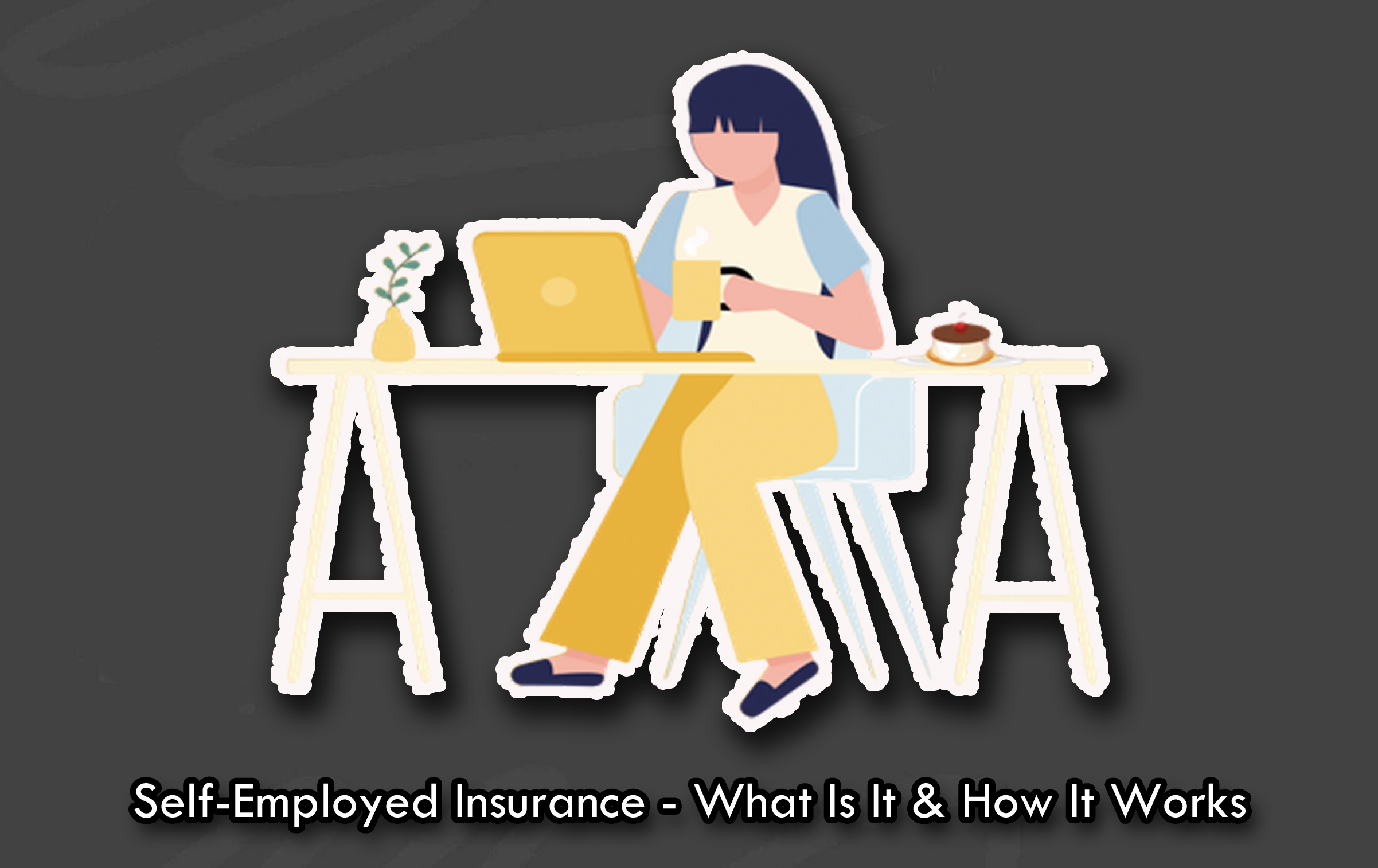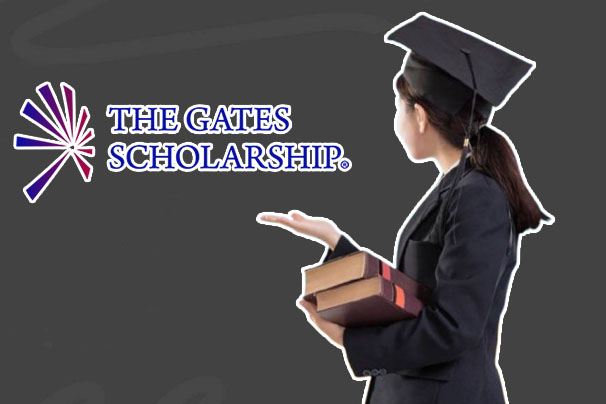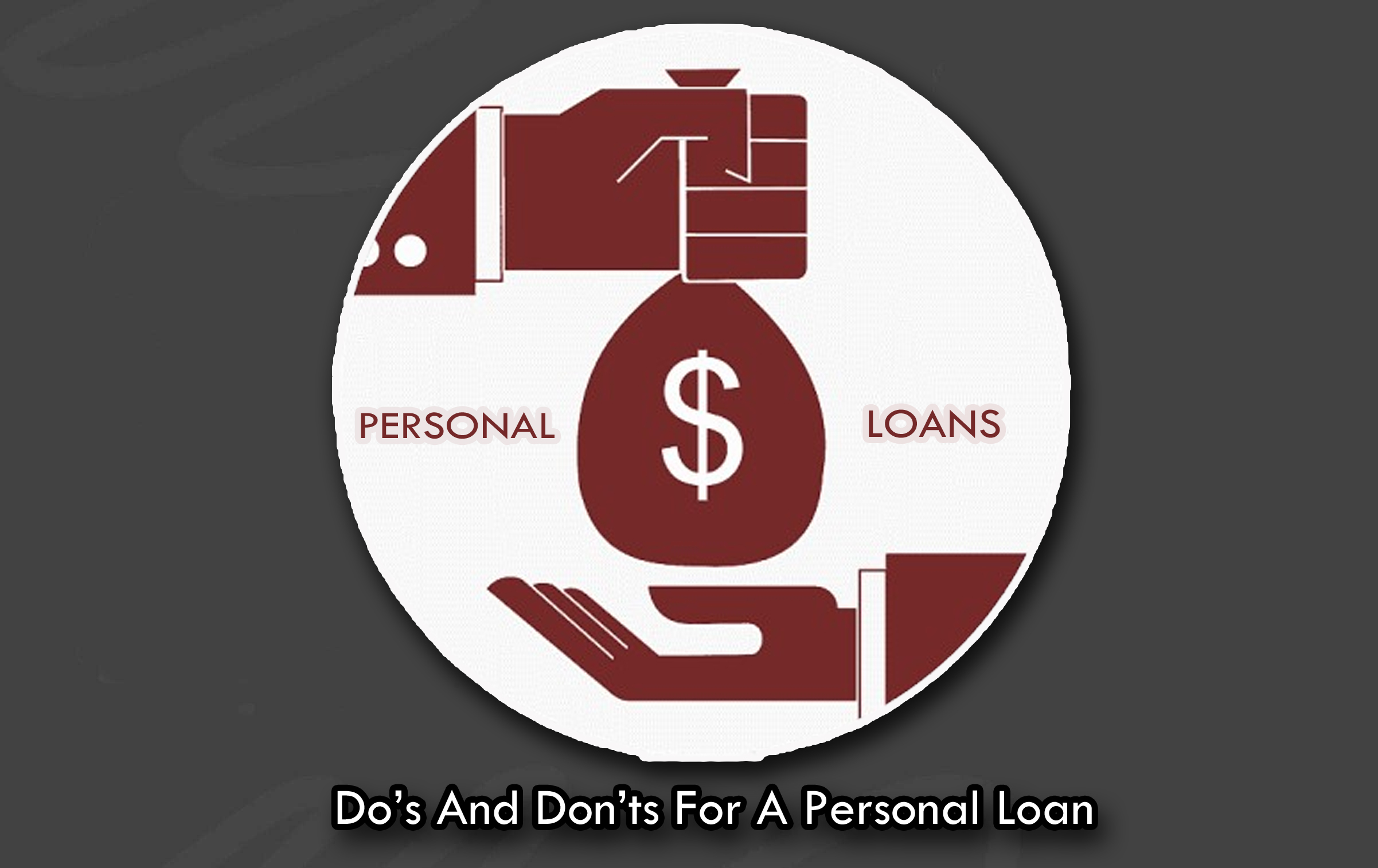What is employee dishonest coverage? Employee dishonesty can hurt businesses and lead to big financial losses. To protect themselves, many companies use employee dishonesty coverage.

This insurance helps cover losses from actions like theft, fraud, or forgery by employees. Knowing how this coverage works is important for business owners who want to protect their assets and keep a trustworthy workplace.
So, what is it about? Read on to be enlightened.
What Is Employee Dishonest Coverage?
Employee dishonesty coverage is a type of insurance that protects businesses from financial losses caused by dishonest actions of their employees.
This includes theft, fraud, forgery, and other deceptive practices that can lead to significant monetary losses.
Furthermore, this coverage usually falls under a broader policy known as fidelity insurance. It helps businesses recover losses resulting from employee dishonesty, allowing them to maintain financial stability.
Above all, employee dishonesty coverage is essential for businesses of all sizes, as it not only protects financial assets but also helps build a trustworthy work environment.
How Does Employee Dishonesty Coverage Work?
Employee dishonesty coverage protects businesses from losses caused by dishonest actions of employees, like theft or fraud.
First, businesses buy this coverage as part of a fidelity bond or as an addition to their insurance policy. The coverage typically includes various dishonest acts and can protect against collusion with others.
If a business suspects dishonesty, it can file a claim with the insurer, providing evidence of the loss. The insurance company will then investigate the claim to verify its validity.
If approved, the insurer will reimburse the business for the verified losses up to the policy limit, minus any deductible.
This coverage helps businesses recover financially from incidents of employee misconduct and ensures a more secure workplace.
What Does It Cover?
Employee dishonesty coverage protects businesses from financial losses caused by dishonest actions of employees. Here are the key aspects it usually covers:
- Theft
- Fraud
- Embezzlement
- Forgery
- Collusion
These are some of the major things this policy covers. However, by providing coverage for these types of dishonest actions, employee dishonesty insurance helps businesses protect their financial assets and maintain trust within the workplace.
What Does It Not Cover?
While employee dishonesty coverage offers important protections, there are several exclusions to be aware of:
- Non-employee theft
- Intentional acts
- Unreported losses
- Personal losses
- Consequential damages
- Pre-existing issues
- Inventory shrinkage
- Crimes committed by owners
Understanding these exclusions helps you, as a business owner, recognize the limitations of your employee dishonesty coverage and identify additional protections you may need.
How Much Does Employee Dishonesty Coverage Cost?
The cost of employee dishonesty coverage varies based on several factors. Business size is a key factor; larger companies usually pay higher premiums due to increased risk.
The type of industry also matters. Businesses that handle cash or valuable assets, like retail, tend to pay more than those in less risky fields. The coverage amount chosen affects the cost as well; higher limits lead to higher premiums.
A company’s claims history influences rates, too. Those with past claims may face increased costs. Additionally, businesses that conduct thorough employee background checks might qualify for lower premiums.
Generally, small businesses may pay from a few hundred to several thousand dollars annually. It’s a good idea to compare quotes from different insurers to find the best fit for your budget.
Why Do I Need Employee Dishonesty Coverage?
Employee dishonesty coverage is essential for protecting your business from financial losses caused by dishonest actions of employees.
This type of insurance helps safeguard your assets, including cash, inventory, and equipment, from theft or fraud.
Having this coverage can also enhance your business’s credibility. Clients and partners may feel more secure knowing you have protections in place against employee misconduct.
Furthermore, it can help you recover financially from incidents of employee dishonesty, allowing you to focus on running your business instead of dealing with the fallout.
Additionally, many clients, especially in certain industries, may require proof of this coverage before entering into contracts.
By investing in employee dishonesty insurance, you not only protect your business but also position yourself as a responsible and trustworthy partner in the marketplace.
Who Needs Employee Dishonesty Coverage?
Employee dishonesty coverage is important for many types of businesses. Retail businesses that handle cash are at higher risk and can benefit from this insurance.
Financial institutions, like banks, also need this coverage because they manage large amounts of money.
Service providers, such as contractors, often have access to client funds and sensitive information, making them vulnerable to employee theft.
Restaurants and bars deal with cash and inventory daily, which increases the risk of loss from dishonest employees. Nonprofit organizations that manage donations also need protection against misuse of funds.
Additionally, manufacturers and distributors who handle valuable inventory and equipment face risks from employee dishonesty.
Any business that trusts employees with cash, property, or confidential information should consider getting employee dishonesty coverage to protect against financial losses.








